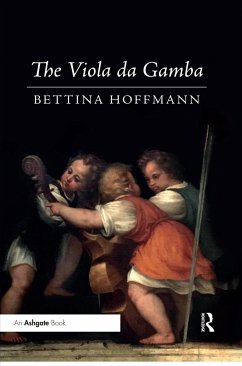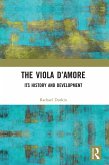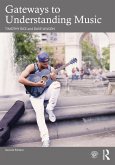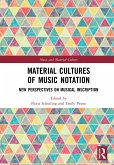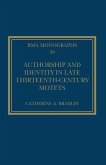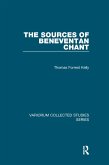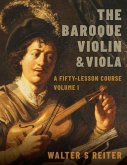The viola da gamba was a central instrument in European music from the late fifteenth century well into the late eighteenth. Bettina Hoffmann offers an introduction to the instrument-its construction, technique and history-for the non-specialist with a wealth of original archival scholarship that experts will relish.

